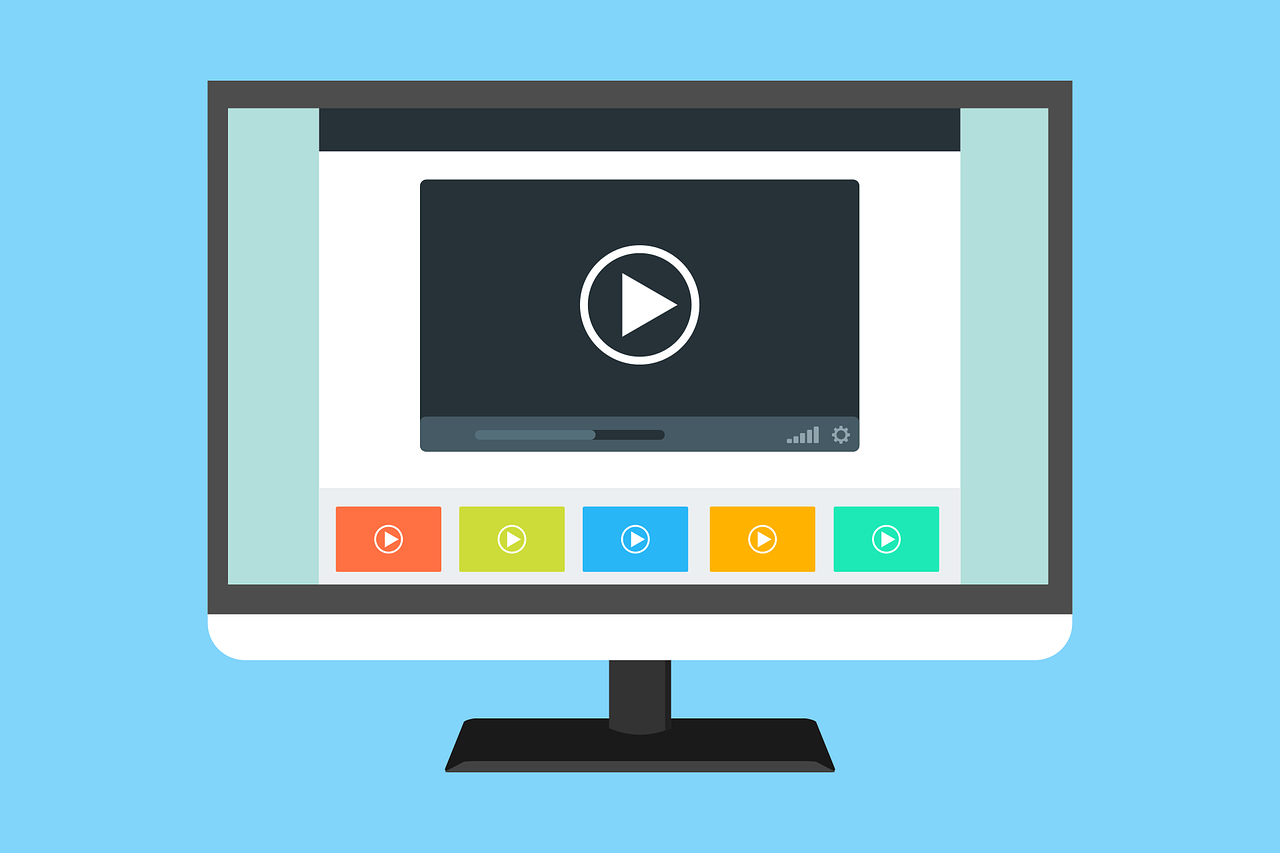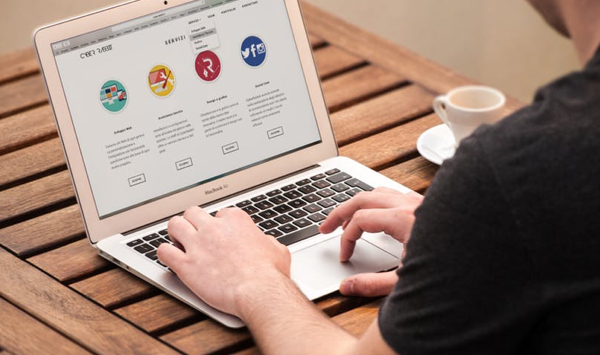
Explainer Videos for Awareness Campaigns
Recently, two of our digital campaigns were shortlisted for the Dot IE Net Visionary Awards 2017 in the category Best Use of Video in Digital Marketing. We created both campaigns for our client The Marie Keating Foundation.
Your Health Your Choice aimed at making people aware that they can prevent 4 in 10 cancers if they made simple changes to their everyday lives. Here's one of the videos we created for this campaign:
The Skintervention Campaign’s goal was to educate and remind people to be SunSmart as overexposure to UV light, primarily from the sun and sunbeds, causes over 90% of melanoma.
But why did explainer videos work so well in these campaigns? And why explainer videos in general work so well for disease awareness campaigns?
Knowledge and Awareness
The first clue is probably in the term “awareness”. To be aware means to have knowledge of a certain topic; if you are aware of something, you know about it. Even if the majority of people would be aware of the risk of cancer, not as many people know that there are some simple behavioural changes that can help prevent it.
Videos help memorise information more than other content forms. In fact, the use of both verbal and visual cues help audiences retain over 50% more information
Moreover:
- • 90% of the information sent to the brain is visual
- • visuals are processed faster than text
- • and people seem to retain 80% of what they see as opposed to 20% of what they read and 10% of what they hear[2].
Information and Behaviour
The second clue is in the nature of disease related information. Pharma companies, healthcare professionals and patient groups have increasingly become aware of the importance of engaging patients to get them more actively involved in their own healthcare, leading to better outcomes.[3] Videos can explain complicated medical concept through the use of images and animations; they evoke emotions thus helping retaining the information; they can be used to provide real life examples and help share other patients’ experiences.
However, while it is generally true that videos can effectively enhance knowledge, not all videos are equally effective to improve health-related behaviour. A recent study analyzing efficacy of video-assisted patient education to modify behaviour found that
“Videos that only provide spoken or graphically presented health information are inappropriate tools to modify patient behavior. Instead, videos with a narrative format seem to be a powerful education tool.”[4]
Narrative videos have a storyline and aim at creating an emotional touchpoint with the viewer, helping to turn attitudes and beliefs into actions and behaviours.A Visual Society
The third clue is in the way our consumption of video content online has changed overtime. 2017 has already been regarded as the year of online videos.[5]
Here are some statistics:
-
- • Facebook reported
that among people surveyed across the UAE and UK 71% say their online video viewing has increased over the past year; - • People are 1.5x more likely to watch video daily on a smartphone than on a computer;
- • Millennials are 1.35x more likely than older generations to say they find it easier to focus when watching videos on mobile;
- • People gaze 5.0x longer at video than static content across Facebook and Instagram
- • By 2017, online video will account for 74% of all online traffic
- • 45% of people watch more than an hour of Facebook or YouTube videos a week[6]
Videos… everywhere
Finally, digital platforms are increasingly adapting and creating new ways to share and promote videos in your digital marketing campaigns. From Facebook’s Video Views ads to Twitter’s Promoted Video Views ads, from Google’s True View Video campaigns to programmatic video advertising, each platform provides its own tools to advertise videos to specific target audiences. In both Your Health Your Choice and Skintervention campaigns we devised cross-channels strategies to promote the videos throughout a granular network of digital platforms, thus reaching users with our message when they are active across different channels and devices.
Videos in general, and explainer videos in specific can be pervasive, responsive, clear and emotionally engaging, thus establishing themselves as one of the most powerful content forms that can be used in any awareness campaign.
[1] https://www.brightcove.com/en/blog/2016/06/how-craft-video-awareness-campaign-turns-heads
[2] https://www.fastcompany.com/3035856/why-were-more-likely-to-remember-content-with-images-and-video-infogr
[3] https://www.thewellnessnetwork.net/news/show-dont-tell-health-education-videos-engage-patients/
[4] http://www.allgemeinmedizin.med.uni-goettingen.de/de/images/Abu_Abed_M_patient_education_systematic_review_Patient_Educ_Couns_2014.pdf
[5] https://www.inc.com/glenn-leibowitz/why-2017-will-be-the-year-of-online-video.html
[6] http://www.insivia.com/27-video-stats-2017/

Remarketing Witchcrafts for Non-Profits
Have you ever visited a product or service page on a website and then noticed that you were being followed by ads of that very product or service everywhere you go on the web?

The Power of Virtual Reality for Non-Profits
The use of Virtual Reality by non-profit organizations is one of the new frontiers of fundraising, allowing donors to experience realities that are often far away and difficult to imagine.

Lead Generation for Non-Profit
Lead generation is probably the best and most under-rated digital marketing technique used and non-profit is one of the sectors that can benefit from it the most.